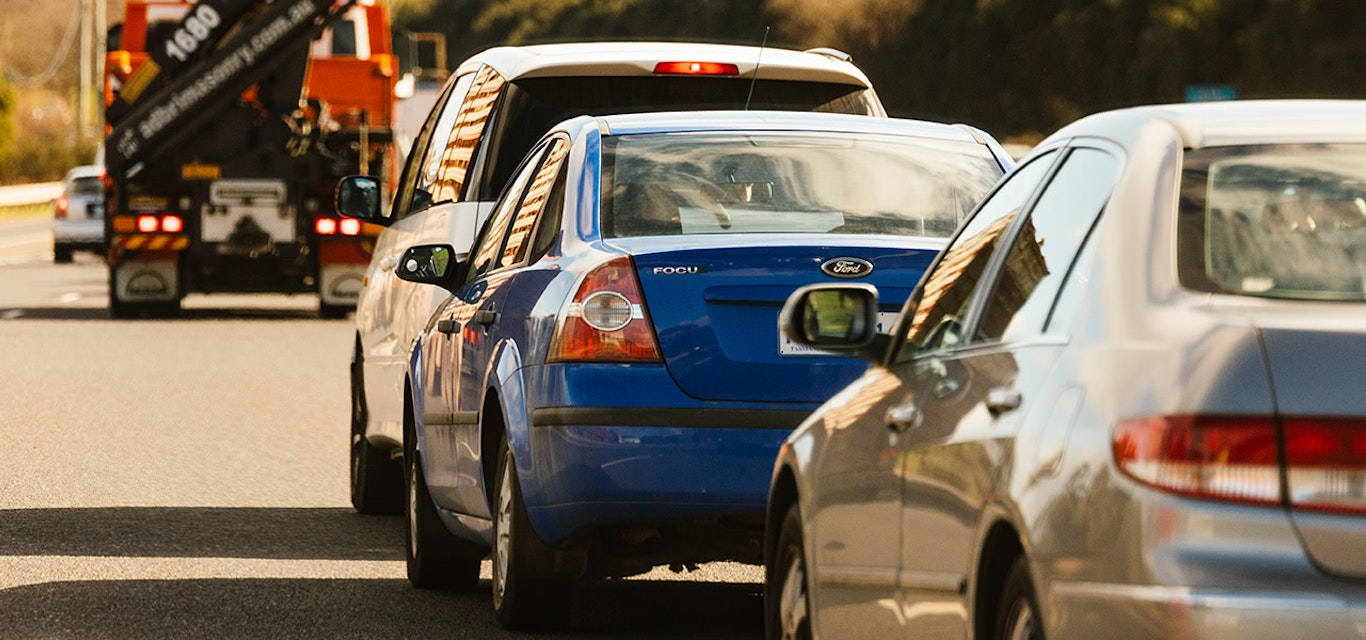Your views July 2020
Our readers share their thoughts on driverless buses, public transport and cracking down on fuel prices.
Fuel crackdown
Philip Ryan, Latrobe
Real-time pricing apps for fuel will work well in urban centres, not so much for rural communities. If we want to bring lasting change, then I suggest a boycott of a fuel brand. When they lower their price, move on to the next one. They are the ones who say volume of sales dictates price, so let’s get together and make it happen.
Electric bus feedback
RH Findlay, Lindisfarne
The RACT’s electric bus is a typical, modern, unnecessarily complicated, high-tech answer to a simple old problem: moving people around. Whilst it may ultimately be less profitable for bus owners to employ a human driver, the human-operated bus is quite simple. All it needs is for our Metro to recognise that we need a more user-friendly service, so it no longer takes an hour or more to travel between Hobart’s assorted mini-cities using perhaps two or three interchanges. In addition, the Metro would do well not to dismiss the idea that mobility and flexibility are keys to competition with the private traffic-congestor, the car. Given modern GPS and communications technology (such as the telephone, radio, wi-fi and computer), buses no longer need to run on fixed routes and can be directed to pick up passengers as they need pick-ups. Such a system would be operated using either 12-seater mini-buses or the larger 20-seater buses, leaving our massive and cumbersome larger buses to operate as an expressway service between major centres.
As for electrically driven buses – no problem. They have been around for over a 100 years, either as trams or trolley buses. But I would trust a human to resolve better and more quickly the instantaneous ethical conundrums involved when it comes to accidents and preserving life than an automated driverless bus.
Whilst it is good to see the RACT finally lobbying for better public transport, the best solutions are the simplest and we already have perfectly adequate technology to improve Hobart’s public transport so that it becomes useful.
Kingston traffic
Peter Mawbey, Blackmans Bay
Due to future developments at Huntingfield, Kingston and the very busy roundabout outside of it, it would make sense to ease this load by putting in a slip-road for residents leaving Whitewater Creek Estate. A very easy fix for traffic heading north connecting to the Kingston Bypass.
Knot safety
David Black, Port Sorell
I write to suggest that you take up the following with Transport Tasmania. All registered owners of goods carrying flat trays, utes and trailers be required to prove they can tie the following knots: clove hitch, bowline and truckies hitch to tension down the load. This could be done at first registration or renewal of registration. I recently avoided hitting a load that came off a trailer because the rope became undone. Also remind drivers of the two-second rule when following another vehicle.
Improving public transport
Janet Butler, South Hobart
I can’t think of a worse solution to the traffic problems of the Southern Outlet than an extra lane, which would only get filled with more cars. I can’t even imagine where this lane would fit. The only real solution to the traffic problems is to get more cars off the road and this means an improvement in public transport and a change in the ways we work – different working hours, more working from home, for example. Public transport needs to be considered in the same way that building and maintaining roads is looked at – an investment for the future and not expecting to make a profit, but making it cheap (even free perhaps), easy and frequent. The counterargument to more people using public transport is that we need our cars to drive to all sorts of places during the day, but studies have shown that there are a large percentage of people who drive their cars to the city, park them and drive home at the end of the day. If these users can be provided with good public transport (ferries included), this would make a huge difference to the congestion.
Buying a petrol station
Otto Kreune, Lindisfarne
I just read your article from the Group CEO in the December/January 2020 issue – I am just catching up. The question was, ‘what can we do to better serve our members?’ We always read how we in Tasmania pay too much for petrol. I have a suggestion – why doesn’t the RACT look into the feasibility of buying say one service station in the north of the state and one in the south? That would bring the price down pretty quickly! I know I get 6 cents a litre discount for being a member, and I appreciate that, but even so, we in Tasmania are still paying too much.
This is something that is raised with us from time to time. Unfortunately, due to the fact that our volumes would be so low, we would not be able to provide our members with the price we’d like to. The fuel supply chain in Australia already comprises of a few very big players and we would need to purchase from them. Given the small volumes we would be dealing in, we would not have much bargaining power with regards to price. It is simply not feasible for us to enter the market as a fuel supplier. Another option is a partnership model, but we are still yet to find anything that is worthy of consideration. – Will Oakley, Community Manager

